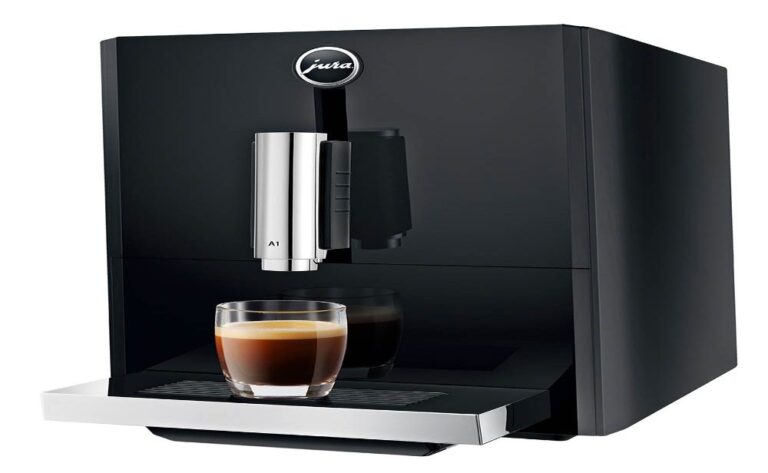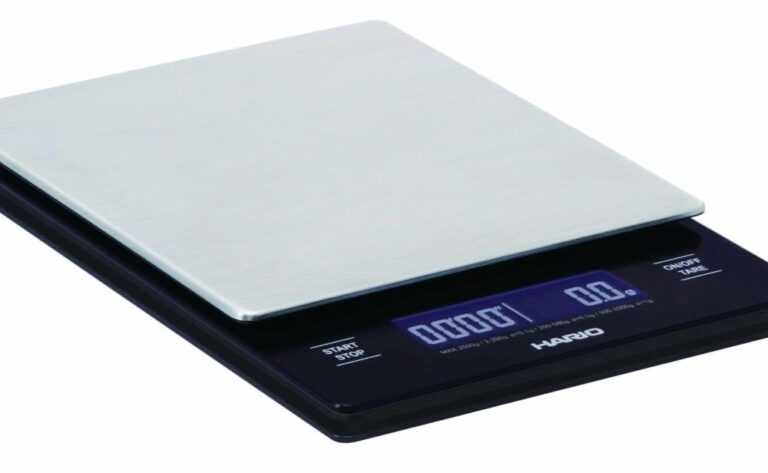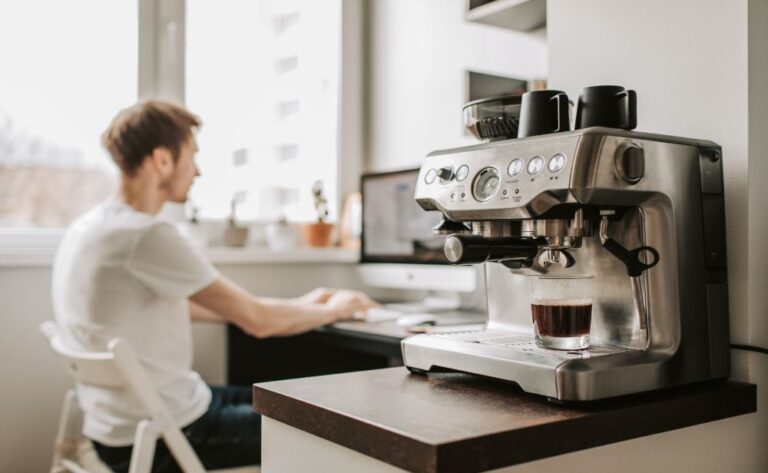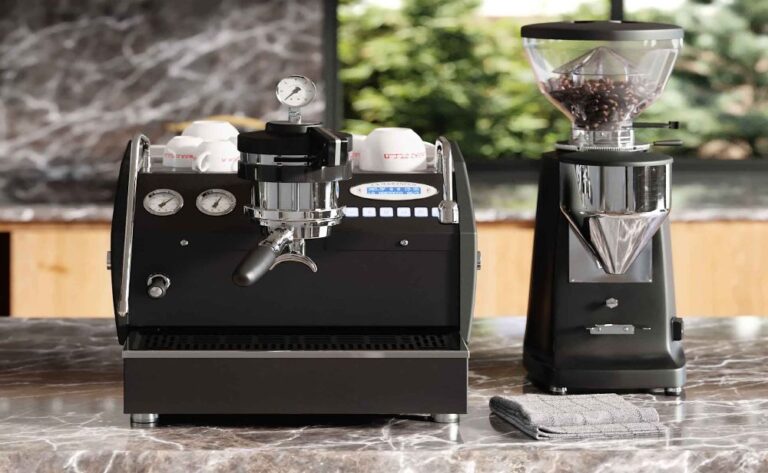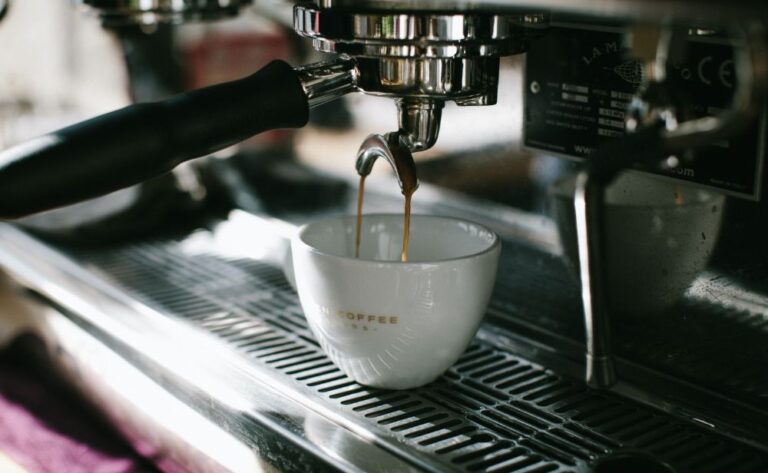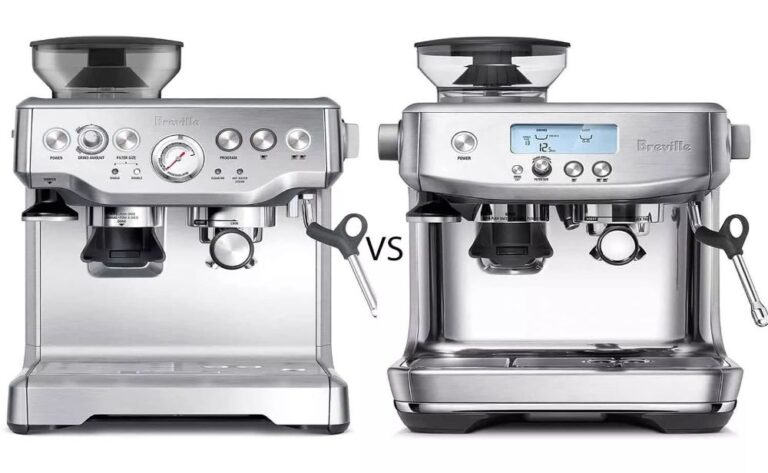
What kind of coffee maker should you get?
Coffee is one of the most popular beverages in the world. A 2018 study found that 79% of American coffee drinkers drink homemade coffee. So it’s no surprise that it’s common to see a coffee maker in someone’s kitchen. However, there are several ways to make coffee at home. Today we will take a look at four of these options so that you can learn about ways to make wine that you may not be familiar with.
Scroll down to learn about the 10 different types of coffee makers, from classical drip coffee makers and espresso machines to less common options like Vietnamese art and aero press. You might just find a new favorite winemaker!
1. Drip Coffee Makers (electric)

Drip machines are one of the most popular types of coffee makers in the United States. Traditionally, drip coffee makers have been popular with American households because of their ease of use, affordability, durability, and ability to quickly produce coffee for one to four coffee drinkers at a time.
2. Thermal Coffee Makers (electric)

Thermal coffee makers work like drip coffee brewers, but with the unique benefits of making your coffee in an insulated thermal cafe. It keeps your coffee warm for hours without continuing to “cook” because it sits on a hot surface, which can eventually become a thick and bitter mixture.
3. Espresso machines (electric)

One of the more expensive types of coffee makers is the electric espresso machine. Although homemade espresso machines may cost a bit more than other types of homebrewers and may be harder and more labor-intensive, if you tap into your technique and become capable of it, it will die hard. May be valuable to fans of espresso. Successfully extract the rich, delicious shots of the brew like your favorite coffee shop.
4. Percolators (electric)

Percolators are fun to watch and to listen to as they steam away during the brewing process. They also tend to produce a consistently hearty and flavorful pot of coffee. Percolators were largely replaced by drip brewers in many households, probably due to having more parts to assemble and clean than drip brewers.
If you’re looking for a high-quality coffee maker that’s simple to use and extremely reliable, you can’t go wrong with this model from Bonavita. “I’m a sucker for the Bonavita Connoisseur,” says Phillips. “It is dead simple to use, gets a solid brew temp, and has always produced a solid cup with minimal fuss. Plus, you can’t beat the price for these brewers.”
The Connoisseur offers one-touch brewing for people who don’t want to mess around with settings in the morning, and it has an optional pre-infusion mode that gives coffee grounds time to bloom. The machine’s showerhead design saturates the grounds evenly, and its stainless steel carafe can hold up to five cups at a time.
An Iconic Glass Pour-Over That’s As Stylish As It Is Effective

Sometimes simplicity is best, and two of our experts recommend the budget-friendly Chemex Pour-Over Glass Coffee Maker as one of their favorite options for a great cup of coffee. Both commented on the simplicity of its design, as well as the thick paper filters.
“Personally, I remain a fan of the classic Chemex glass brewer,” says Tony “Tonx” Konecny, founder of Yes Plz Coffee. “Unlike a lot of coffee gear, it looks beautiful on the countertop and I find it to be less fussy than some of the other manual pour-over devices. The filters it uses are a bit heavier and more forgiving, and it delivers a really full-flavored cup. “
“When I want to have more control (and as a Virgo, that’s often), I use a Chemex,” says James McCarthy, educator at Driftaway Coffee. “It has the thickest paper filter of all pour-over methods, and I really enjoy the super light body it produces because of it. I like being able to taste more nuance and clarity. “
Broadly speaking, there are two types of coffee-making machines: manual and automatic. It would be a mistake to assume though, that manual coffee makers are always less expensive than their automatic counterparts.
While that’s often the case, it isn’t always so. Price tends to be more of a function of design than performance, although it is true that the more bells and whistles you add to a machine, the more it’s going to increase the price.
Manual Options
There are many attractive options where manually brewing coffee is concerned. Chiefly, manual coffee makers have two key advantages. Portability and price. You can take them anywhere, and in general, they don’t cost an arm and a leg.
That’s not to say you can’t find expensive manual coffee makers, but they tend to be the exception, rather than the rule. We’ll outline the most common types just below.
Automatic Options
As handy as manual coffee makers are, and as indispensable for travelers, the reality is that most people find the speed and convenience of automatic coffee makers to be well worth spending a few extra bucks on, and depending on what you’re looking for in a machine, you can pick up some automatic coffee makers that will do a decent job for a song.
Of course, if you’re looking for something with all the bells and whistles, you can find yourself spending big bucks, but you certainly don’t have to. In any case, here are the major automatic options:
for the sake of completeness, we also wanted to include a brief section on professional-grade coffee machines.
You’ll find two categories here: “Prosumer” models that could be used in the home, but would do equally well serving in a busy office or small café-style environment, and full-on Commercial models.
While you’ll find industrial-grade drip-brew machines, far and away the most common machines in this category are espresso machines, and machines in this class have two primary distinguishing features. Raw capacity and most, but not all have the option of a dedicated water line.
